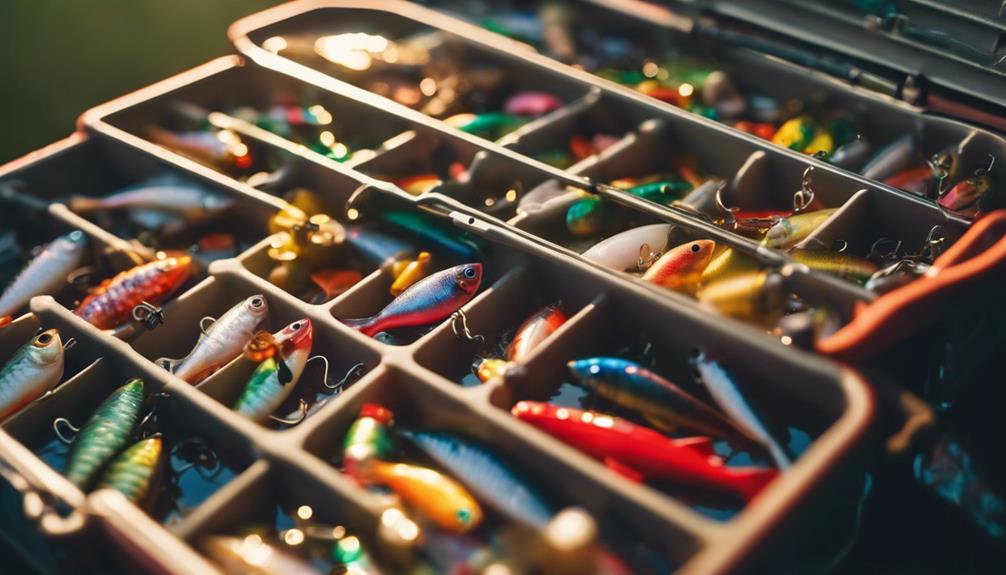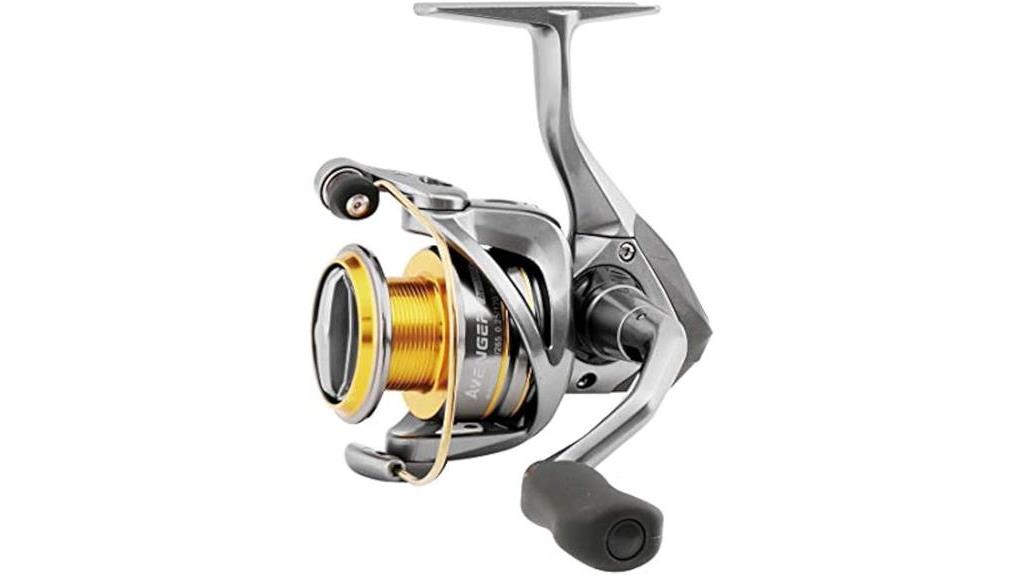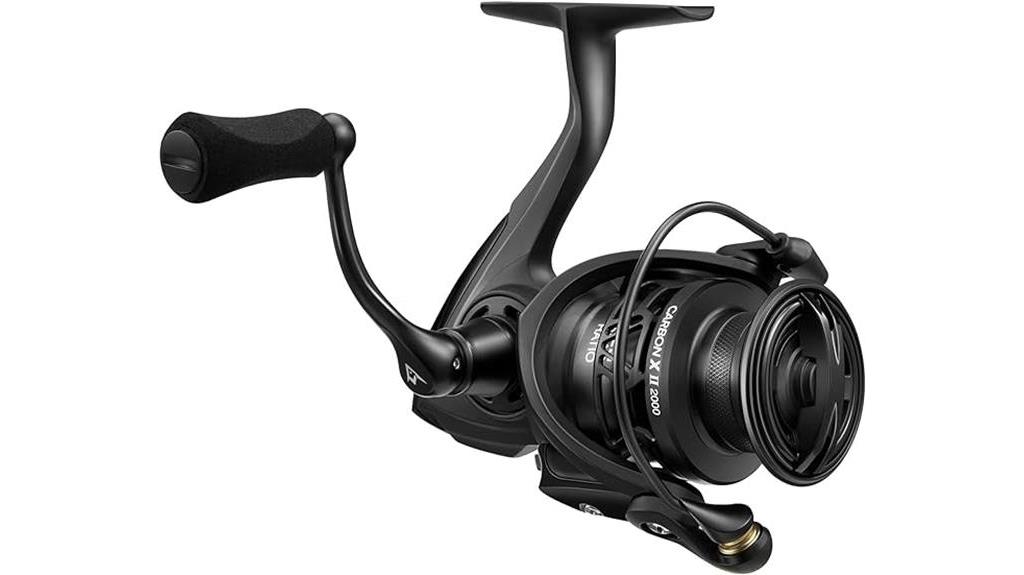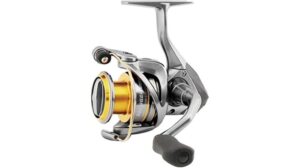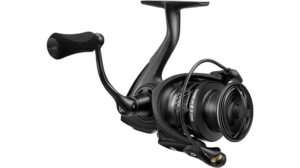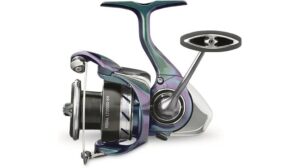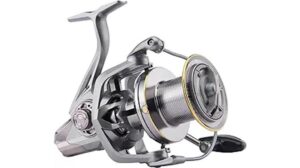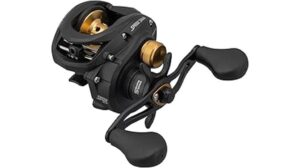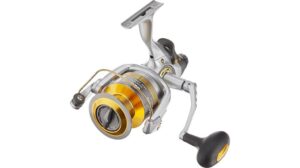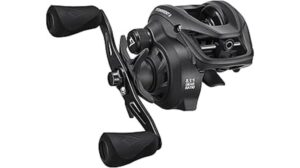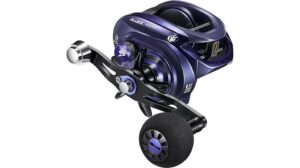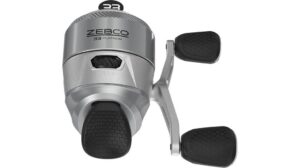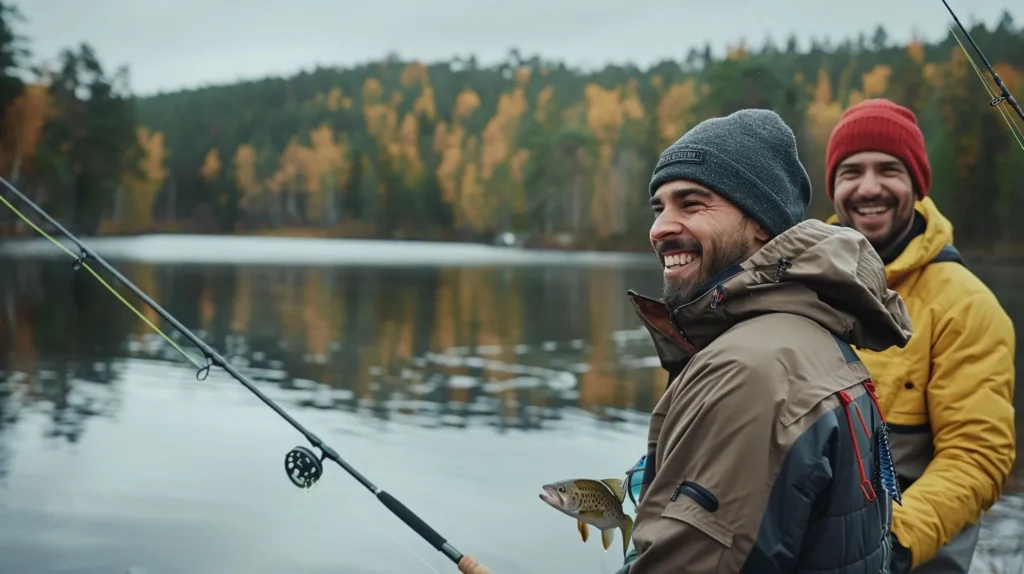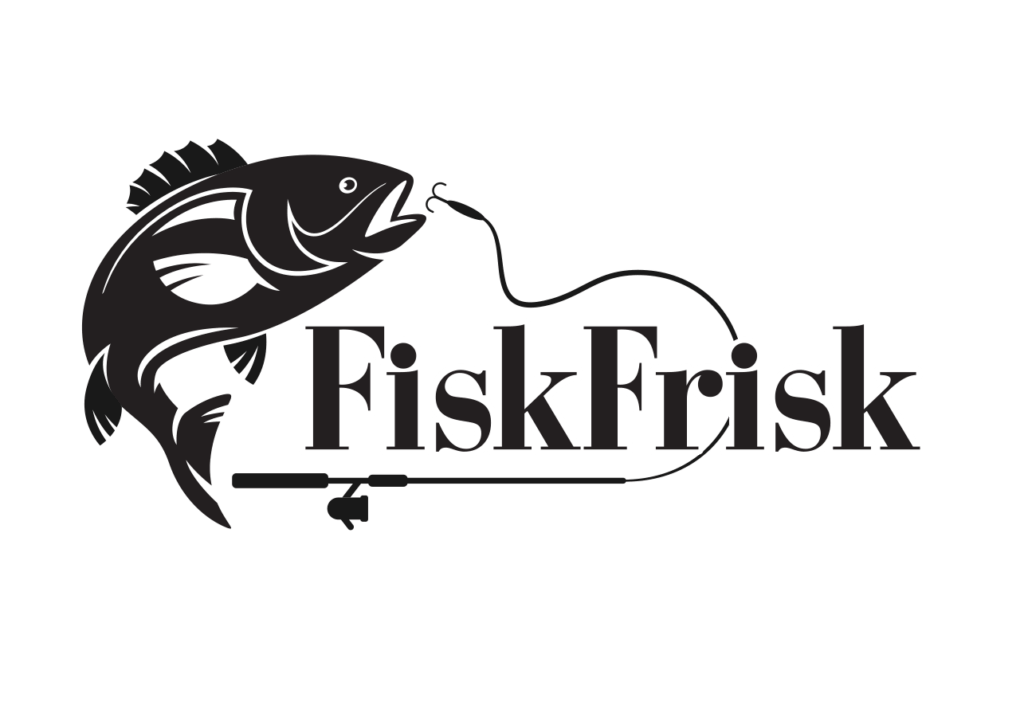We've distilled decades of angling expertise into this detailed guide on selecting the perfect fishing bait, a vital factor that can increase your catch rate by up to 75% when chosen correctly. Our guide covers essential topics like understanding fish species, live bait options, artificial lures, seasonal selections, and matching bait to water conditions. We'll explore cost-effective choices, regional preferences, and ethical considerations. From proper storage techniques to presentation methods, we've left no stone unturned in our quest to help you make informed bait decisions. Dive deeper to reveal the secrets of successful fishing and elevate your angling game.
Understanding Different Fish Species
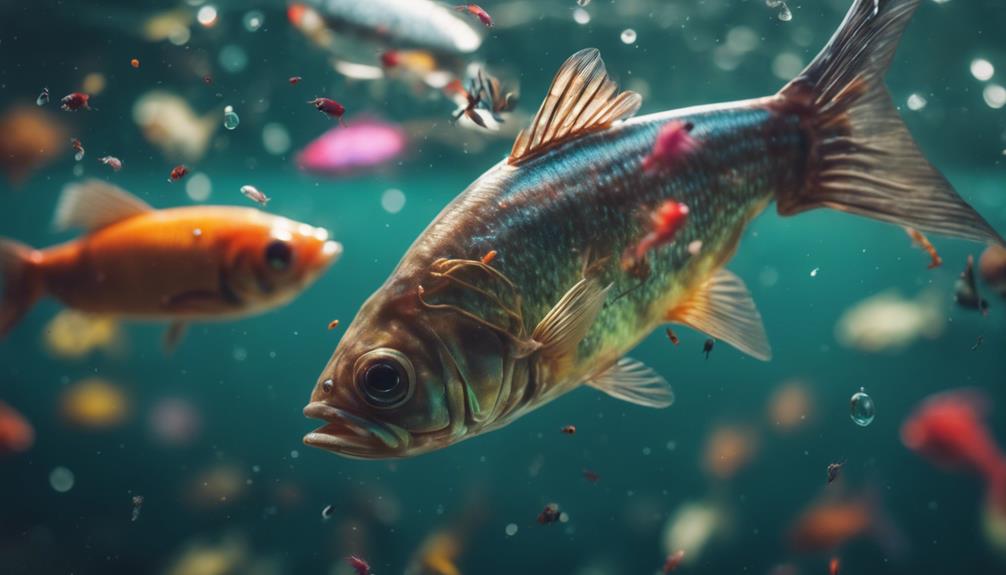
To select the most effective fishing bait, one must first comprehend the diverse array of fish species inhabiting the target ecosystem. We'll explore the intricate world of aquatic life, examining the feeding habits and preferences of various fish. By understanding their behavior, we can tailor our bait selection to entice specific species, increasing our chances of a successful catch. Let's begin this intimate journey of piscine knowledge together.
Live Bait Options
Armed with our newfound understanding of fish species, we'll now explore the fascinating domain of live bait options, which can greatly enhance our angling success. Live bait, including worms, minnows, and crickets, offers a natural attraction that artificial lures can't match. These living morsels tantalize fish with their movement, scent, and taste, triggering instinctive feeding responses. Let's investigate the most effective live baits and their applications.
Artificial Lures and Their Uses

Artificial lures, the angler's ingenious creations, offer a diverse and highly effective alternative to live bait, presenting a wealth of options for enticing our piscine prey. We've found that these man-made marvels, from lifelike soft plastics to vibrant crankbaits, can trigger predatory instincts in fish through their realistic appearance, erratic movements, and strategic use of color. Let's explore how these lures become extensions of our angling prowess.
Seasonal Bait Selection
While artificial lures offer year-round versatility, we've learned that aligning our bait choices with seasonal patterns can dramatically increase our catch rates. As we've observed, fish behavior and feeding habits shift with the changing seasons. To optimize our angling success, we've identified four key seasonal considerations:
- Spring: emerging insects and spawning forage
- Summer: surface activity and deep-water thermoclines
- Fall: pre-winter feeding frenzy
- Winter: slow, deep presentations
Matching Bait to Water Conditions
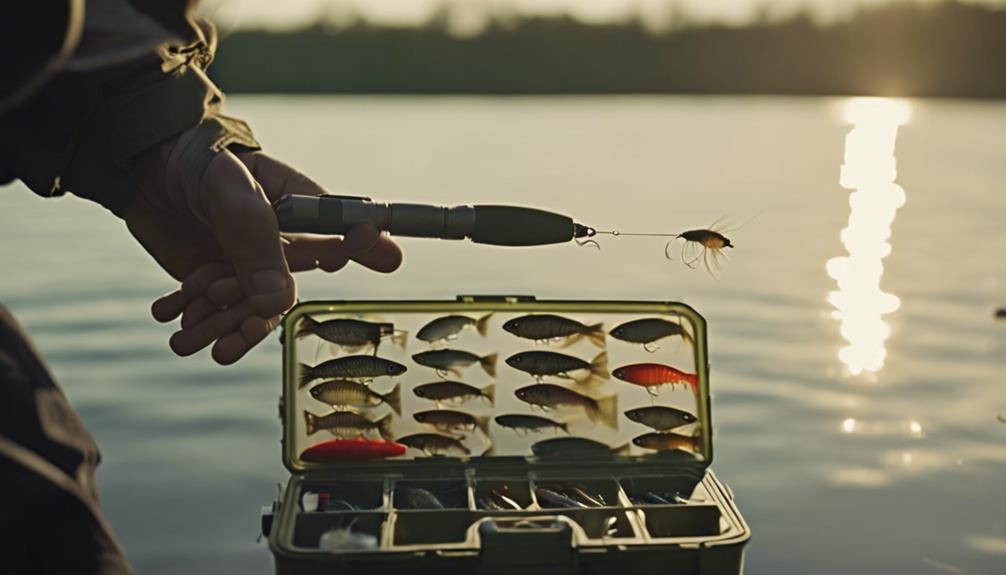
The subtle interplay between bait selection and water conditions forms an essential nexus in the angler's pursuit of a successful catch. We must attune ourselves to the aquatic environment's nuances, considering factors such as water clarity, temperature, and current. By harmonizing our bait choices with these elements, we enhance our prospects of enticing our piscine quarry, elevating our angling endeavors to a more refined and fruitful practice.
Scent and Flavor Enhancers
Beyond considering environmental factors, we're now exploring the domain of olfactory and gustatory enhancements to our bait selection. These additives can greatly increase our catch rates by appealing to fish's acute senses. Let's examine four key aspects:
- Natural vs. synthetic scents
- Oil-based vs. water-soluble attractants
- Species-specific flavor profiles
- Application methods and durability
Understanding these elements allows us to fine-tune our approach, maximizing our chances of a successful catch.
Bait Presentation Techniques
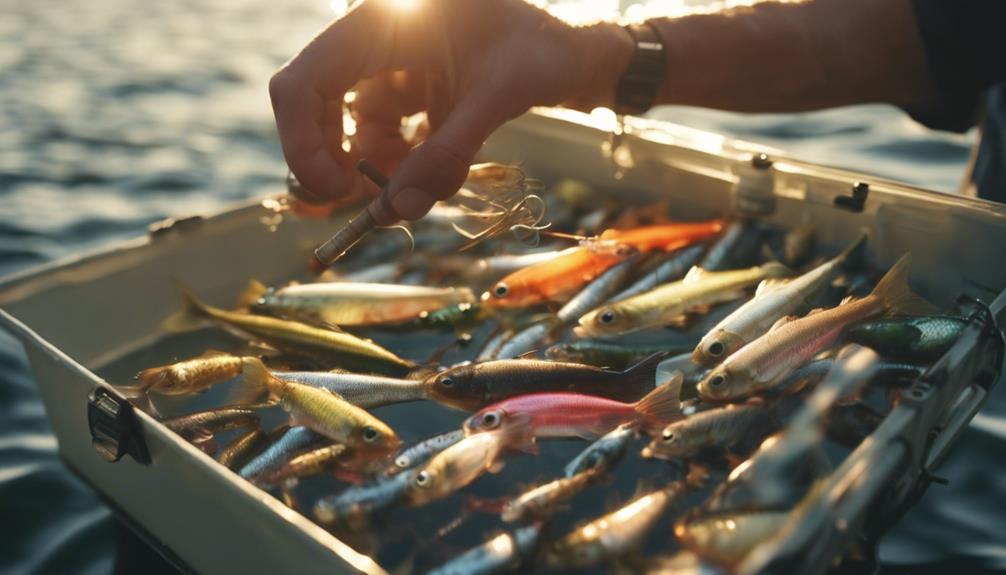
Mastering bait presentation techniques is essential for enticing fish to bite, as even the most attractive lure can fail if improperly displayed. We must consider factors such as depth, speed, and movement to mimic natural prey behavior. By finessing our retrieval methods and understanding fish feeding patterns, we can create irresistible offerings. Let's explore into the art of bait presentation, exploring techniques that will seduce our aquatic quarry.
Bait Storage and Preservation
Proper storage and preservation of fishing bait are crucial aspects often overlooked by anglers, yet they're essential for maintaining bait effectiveness and maximizing fishing success. We must consider the following key factors:
- Temperature control
- Moisture management
- Oxygen levels
- Container selection
Cost-Effective Bait Choices
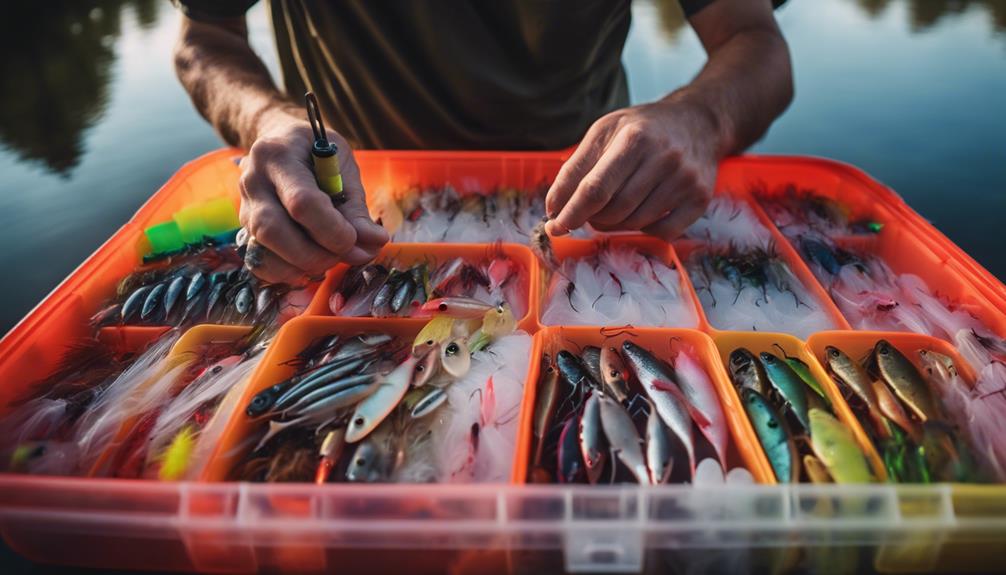
For anglers seeking to optimize their fishing expenditures, exploring cost-effective bait choices can greatly enhance the overall experience while maintaining a budget-friendly approach. We've discovered that natural baits like worms, crickets, and minnows often outperform their pricier counterparts. By harvesting these from our local environment or purchasing in bulk, we're able to stretch our bait budget without compromising on effectiveness. Let's investigate deeper into these economical options.
Regional Bait Preferences
Regional variations in bait preferences reflect the diverse ecosystems and fish species found across different geographical areas, influencing anglers' choices and strategies. We've observed distinct patterns in bait selection across regions:
- Coastal areas favor live bait like shrimp and mullet
- Freshwater lakes see success with worms and minnows
- Rivers often require artificial lures mimicking local prey
- Mountain streams benefit from fly-fishing techniques
Understanding these regional nuances enhances our fishing prowess and deepens our connection with local ecosystems.
Ethical Considerations in Bait Selection
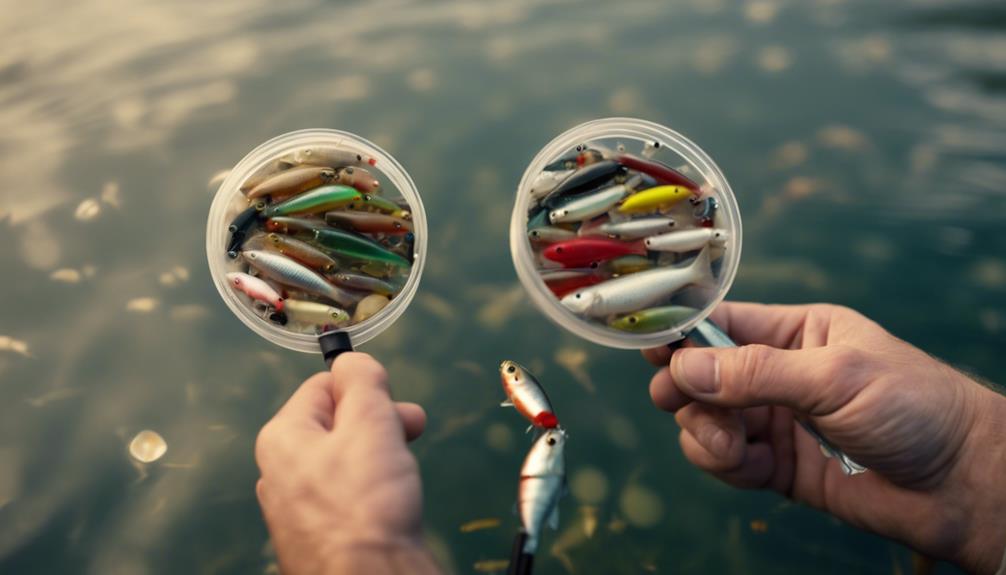
While regional preferences shape our bait choices, we're compelled to contemplate the ethical implications of our selections on aquatic ecosystems and fish populations. Let's consider the impact of live bait on non-target species, the potential for introducing invasive organisms, and the sustainability of our bait sources. We must balance our desire for a successful catch with our responsibility to preserve the delicate balance of aquatic life for future generations.
Conclusion
We've journeyed through the intricate world of fishing bait, from live options to artificial lures. We've explored how to match bait to species, seasons, and water conditions, while considering regional preferences and ethical implications. Armed with this knowledge, we're confident you'll make more informed choices on your next angling adventure. Remember, the art of bait selection is an ongoing process of learning and adaptation. May your future catches be bountiful and your fishing experiences enriching.
